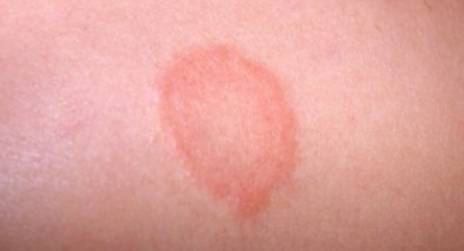Skin Fungal Infections(皮膚真菌感染) - Dr Yeung Ho Hong 楊浩康

Skin fungal infections, commonly called “ringworm,” affect many at some point. Caused by fungi prevalent in nature, they spread via direct contact or shared items, thriving in public spaces like pools or gyms where towels and slippers increase risk.
Infections typically start locally, with symptoms like itching, rashes, peeling, and dryness. Some see expanding ring-shaped red patches, known as “ringworm.” Fungi may also affect feet, toes, groin, nails, scalp, or hair. Types include athlete’s foot (足癬), jock itch (股癬), scalp ringworm (頭癬), and nail fungus (甲癬).
Transmission occurs mainly through direct contact with contaminated items or skin, especially via shared belongings (towels, clothes, shoes) or in poor hygiene settings. Good personal and environmental hygiene—drying skin after sweating, focusing on creases like toes or groin—prevents infection.
Treatment varies by severity and site. Mild cases with redness or itching respond to topical antifungal creams , which inhibit fungal growth for recovery. However, using steroid creams to reduce inflammation can worsen infections by suppressing immunity, letting fungi thrive.
Severe or widespread cases—like large ring-shaped patches, or nail/scalp damage—may require oral antifungals. These demand longer courses with liver function monitoring for safety, crucial for nail fungus or stubborn scalp infections.
Laser therapy aids nail fungus (灰甲) in some cases, using heat to destroy fungi’s habitat. It requires skilled professionals and isn’t universally suitable.
Beyond drugs, prevention is vital due to high contagiousness. During and post-treatment, avoid sharing items, disinfect shoes/slippers, and keep skin dry—especially in damp or sweaty conditions—by changing clothes and drying creases thoroughly.
Diagnosis can mimic eczema, so consult a dermatologist before treatment. Doctors assess lesions, history, and may use scrapings or cultures for accuracy, preventing missteps and tailoring effective plans to speed recovery.
In summary, skin fungal infections are common and recurrent but manageable with proper diagnosis and treatment. Topical or oral antifungals, or lasers in select cases, work best under tailored medical plans. Consistent hygiene and cleanliness prevent infection and relapse, ensuring most cases heal fully.
